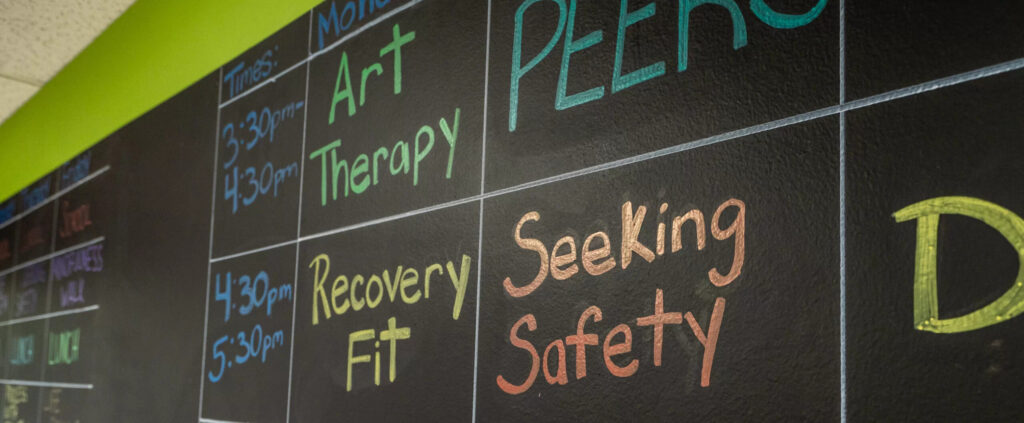
Signs of Teenage Anxiety & How to Help
As your child enters their teenage years, they will face a number of different challenges; both physiological and psychological. It can be difficult for your teen to navigate the changes that face them and when ignored, your teen may experience a variety of symptoms such as anxiety. According to the National Institutes of Health, nearly 1 in 3 adolescents ages 13 to 18 will experience an anxiety disorder. Since the pandemic, anxiety in teenagers has increased significantly. In addition to the effects of the pandemic, anxiety can also manifest from high expectations and the pressure to succeed, feeling that the world is a scary and threatening place, negative social/peer interactions, and social media.
Anxiety can look different in adults and teenagers, as well as from teen to teen.
Symptoms of Teenage Anxiety Include:
- Recurring fears and worries about routine parts of everyday life
- Changes in behavior, such as irritability
- Avoiding activities, school, or social interactions
- Dropping grades or school avoidance
- Trouble sleeping or concentrating
- Substance use or other risky behaviors
- Chronic physical complaints, such as fatigue, headaches, or stomachaches.
Tips for Helping Your Teen with Anxiety
When untreated anxiety can lead to depression, substance abuse, and even suicide. As a parent, there are many ways that you can help your teen as they navigate life.
- Talk with your teen about possible stressors: The way your teen views the world is significantly different from how an adult or parent would view the world. It can be incredibly helpful to take the time to try and see the world the way they do. When we feel validated and listened to, we are more likely to open up and communicate more effectively.
- Be mindful of the expectations you set for your children and teens: Although high expectations can help your teen meet their potential, it is important to ensure that the expectations you put in place are realistic. It is also important to teach, model, and show your teen the importance of balance. Intensely focusing on achievements without downtime will likely leave your teen feeling anxious and unfulfilled.
- Praise/Acknowledgement: Does your teen feel loved? Do they know that you appreciate their positive efforts? The more you acknowledge and communicate what you like in your teen, the more likely they are to continue engaging in those behaviors.
- Healthy Habits (Routines and Boundaries): Does your teen have a routine? Do they know how to set healthy boundaries with themselves and others? Something as simple as ensuring that your teenager is on a consistent schedule will set them up for success; academically and socially.
- Monitor Social Media Use: Do you know what apps your teen is using on their phone? Do you know who they are talking to and what they are talking about? As our world becomes more reliant on technology, the dangers of the world become more accessible to your teen. Knowing who they are talking to and what they are talking about, gives you the opportunity to provide context for what they experience, and could improve your teenager’s anxiety.
How ROWI Can Help
Engaging in mental health treatment is another way to support your teen as they navigate growing up and the likely anxieties that come with it. ROWI Teen & Parent Wellness Centers can help you and your teenager with professional mental health support. Each of our clients receives a treatment plan that will support them in meeting their goals. Programs are individualized in order to meet each client and family where they are at in the process. To get started with ROWI Teen & Parent Wellness Centers, contact us or simply call our Admissions Team at 805-356-3477 and one of our helpful coordinators will assist you in completing an application, scheduling an assessment, verifying your insurance, and get you, your family, and teen started on your journey to mental wellness.





